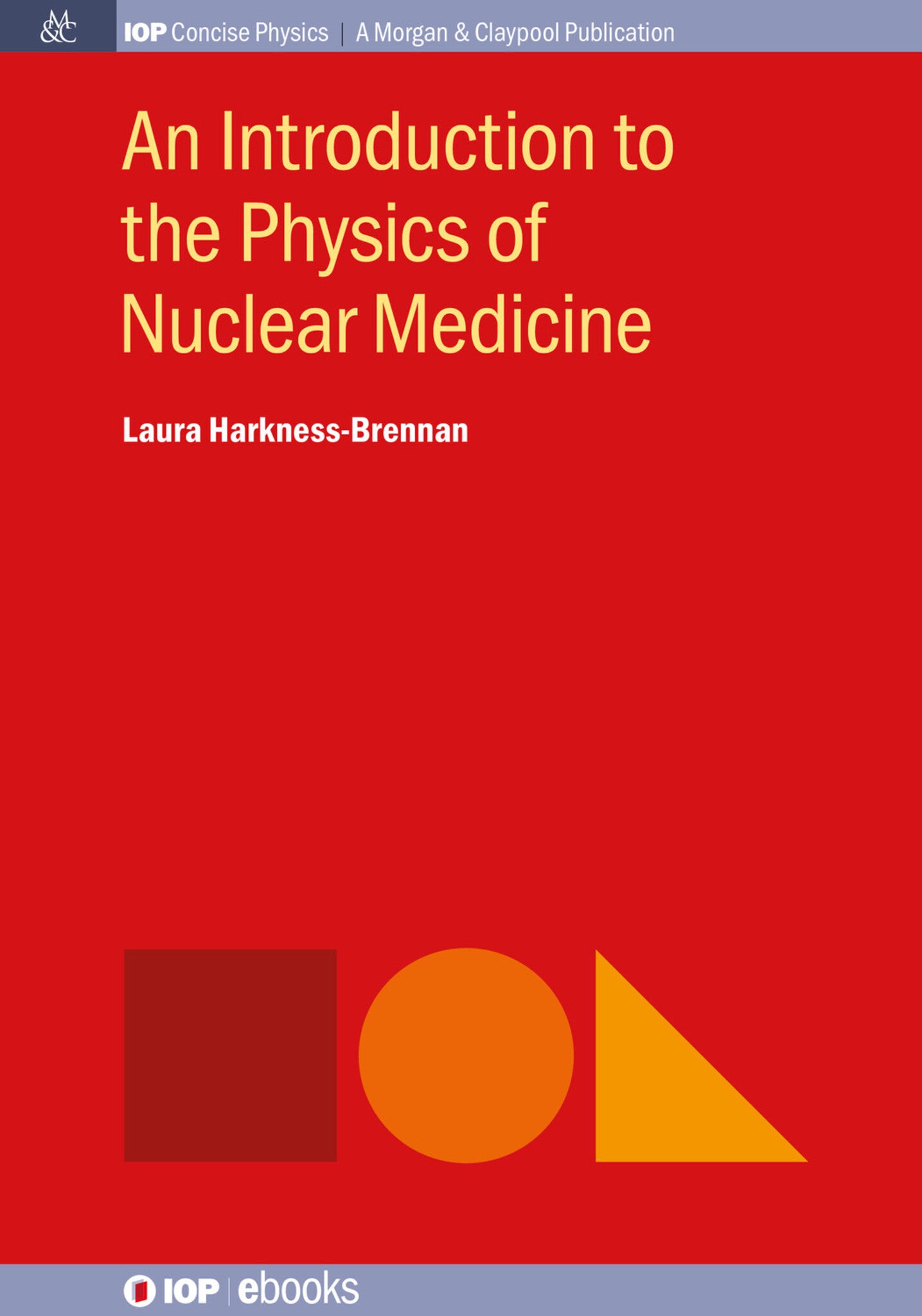We're sorry. An error has occurred
Please cancel or retry.
An Introduction to the Physics of Nuclear Medicine

Some error occured while loading the Quick View. Please close the Quick View and try reloading the page.
Couldn't load pickup availability
- Format:
-
21 June 2018


SCIENCE / Life Sciences / Biophysics, Medical physics, SCIENCE / Physics / Nuclear, SCIENCE / Physics / General, Nuclear physics, Applied physics

1 Introduction 1.1 Building Blocks of Matter 1.2 Fundamental Forces 1.3 Overview of Nuclear Medicine
2 A Brief History of Nuclear Medicine 2.1 Radioactivity 2.2 Production of Radionuclides for Medicine 2.3 Diagnostic Imaging
3 Radioactivity 3.1 Nuclear Stability 3.2 Radioactive Decay Processes 3.2.1 Alpha Decay 3.2.2 Beta Decay 3.2.3 Gamma Decay 3.3 Radioactive Decay Law
4 Radionuclide Production 4.1 Radionuclide Selection 4.2 Cyclotrons 4.3 Nuclear Reactors 4.4 Radionuclide Generators 4.5 Production Yield 4.6 Emerging Radiopharmaceuticals
5 Radiation Interactions with Matter 5.1 Gamma-Ray Interaction Mechanisms 5.1.1 Photoelectric Absorption 5.1.2 Compton Scattering 5.2 Charged Particle Interaction Mechanisms 5.2.1 Collisional Coulomb Energy Loss 5.2.2 Radiative Energy Loss 5.2.3 Charged Particle Range
6 Radiation Detection 6.1 Gas Detectors 6.2 Semiconductor Detectors 6.3 Scintillation Detectors 6.4 Performance of Radiation Detectors
7 Imaging 7.1 Gamma Camera 7.2 Single Photon Emission Computed Tomography 7.3 Positron Emission Tomography
8 Radionuclide Therapy 8.1 Principles of Radiotherapy 8.2 Medical Internal Radiation Dosimetry (MIRD)
A Chemical Symbols



